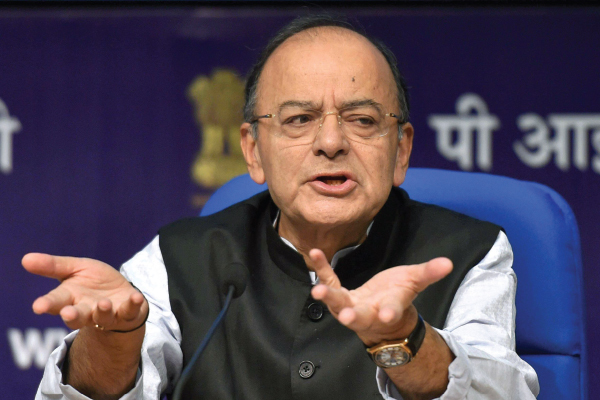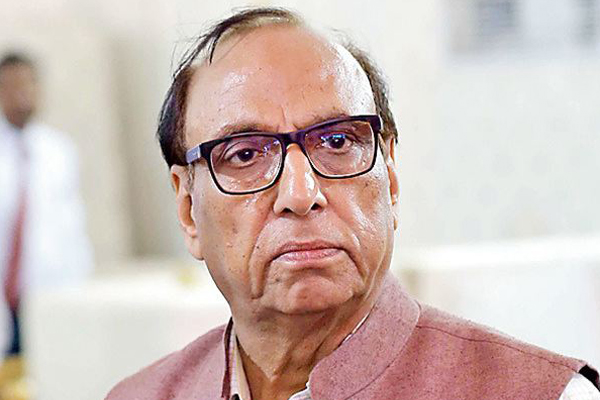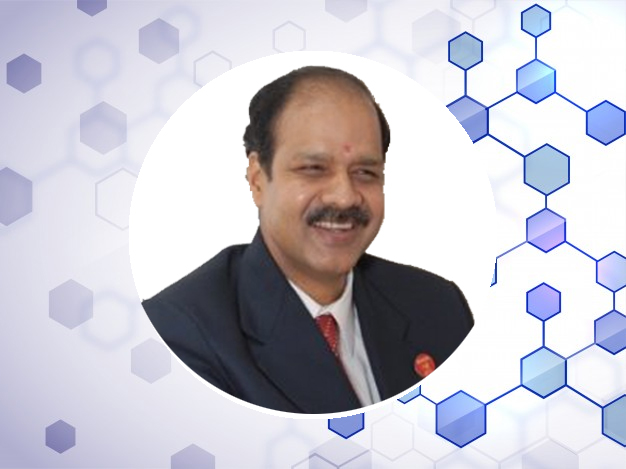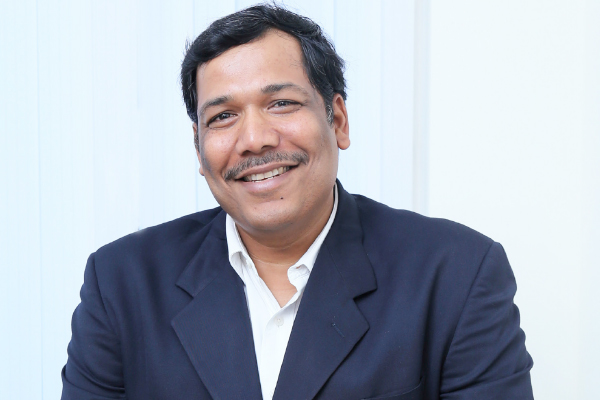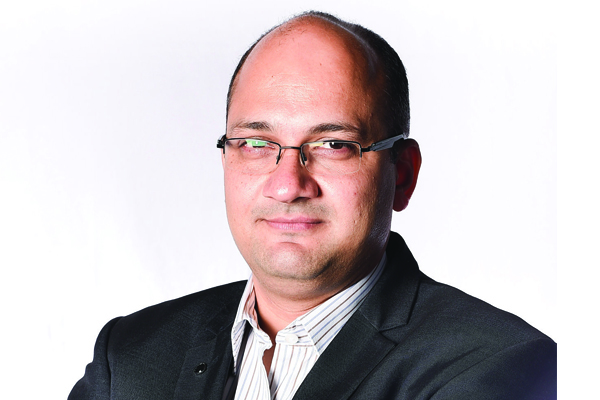

Director, Clinical Solutions and Product Strategy, Elsevier Health
Elsevier has been at the forefront for integrating innovative technology driven solutions to improve the education standards and outcomes on one side, and to improve the efficiency of existing manpower in medical education and healthcare delivery on the other, says Dr Lalit Singh, Director, Clinical Solutions and Product Strategy, Elsevier Health, in conversation with Elets News Network (ENN).
Q Given the current state of Indias health system, what are the challenges and opportunities emerging as result of these changes?

India is presently in a state of transition in terms of health “ economically, demographically and epidemiologically. Over-burdened by an increasing population, and persisting and emerging diseases, Indias health system is wrought with challenges.
Firstly, the inability to cover the entire spectrum of healthcare needs, even through increased public spending, has led to a rise in the out-of-pocket expenditure and consequent impoverishment in India.
Out-of-pocket expenses are very high and estimated to be between 60% and 70% of total health expenditure. According to the National Health Policy (NHP), over 63 million persons are pushed to poverty every year due to healthcare costs.

Furthermore, the slow development of healthcare infrastructure over the last several decades and slower improvement in the number of doctors and nurses, as compared to the growth in population, have added even greater strain on the healthcare delivery system.
India is currently short of at least two million doctors with a ratio of 0.8 doctors per 1,000 population, putting pressure on care provision and the medical education system. There is also a 30% shortage of faculty and teaching staff across medical schools in the country. Although India has witnessed the establishment of several major hospital chains in last 10 years, there continues to be a shortage of hospital beds.
There are many ways to tackle these challenges. For one, greater Government spending is one way to cut out-of-pocket expenses. At the moment, the Indian Government spends approximately 1.2% of GDP on health, but according to the NHP 2017, the government promises to increase public health spending to 2.5% of the GDP.
However, the public sector does not hold sole responsibility in overcoming these challenges. The private sector is also responsible for developing tools that will help healthcare providers in tailoring smart care plans (diagnosis, treatment and management) that will help curb costs in the short- and long-term. Additionally, with the support from government to private sector and considering the time and investment needed to set up a hospital, it becomes necessary to incentivise private providers to participate in improving infrastructure.
In response to the population, health needs of patients in India, many public and private hospitals are starting to develop, or have developed their own healthcare or information systems that have served patients well in terms of process efficiency at a hospital level. However, health IT is still in the early stages of widespread adoption. Thankfully, the government is committed to bringing the countrys healthcare to the next level, and that is where we see the opportunity. The opportunity to take things a step further by focusing on standards adoption, and the interoperability and interconnection of systems across hospital settings, to achieve continuity of care as well as effective results.
The NHP 2017, advocates extensive deployment of digital tools while ensuring interoperability between IT systems for improving the efficiency and outcomes of Indias healthcare system. We believe that India has a huge opportunity to use its rapidly developing digital infrastructure to bridge knowledge gaps, increase capacity, and bring better healthcare to its huge population, both in its ever growing mega-cities and in rural areas. For one, the policy proposes an integrated health information system (e.g. electronic health records) that develops and links systems into a common network or grid that can be accessed by healthcare providers that are in the public and private sector alike.
This is definitely a step in the right direction to address the aforementioned challenges, and elevate the standard of care in India.
Q How can Elseviers solutions help to address and solve some of these challenges such as overworked doctors, overcrowded hospitals impacting the quality and safety of care?
We support 20 million medical professionals around the world, helping improve clinical outcomes and efficiency. We can bring to India a global perspective and the expertise in delivering digital health solutions that have been proven to work already around the world.
Even though India has seen an increase in the adoption of digital health tools, stemming from Government initiatives in the national adoption of electronic health records (EHRs), EHRs alone cannot provide specific information and knowledge of the patients clinical history and current clinical status directly to the physician at the point of care. Current, credible, evidencebased information solutions that drive consistent, high quality and cost-efficient healthcare makes EHR smarter. And for that, technology needs to be enhanced with knowledge-based solutions.
Elsevier Clinical Solutions suite includes embedded workflow and decision support, clinical reference and patient engagement, which are focused on helping healthcare professionals improve clinical outcomes through evidence-based care. Additionally, Elsevier helps to deliver integrated decision support solutions to the entire care team by introducing world-class standards and increasing coordination of care. We also provide medical training for nurses and health assistants “ the backbone of Indias health services “ through online adaptive learning, effectively increasing capabilities and capacity in the health system.
Q Given the Governments ambitious digital masterplan for healthcare transformation by 2020, how does Elsevier support nurturing and training Indias healthcare workforce for the future?
We are imparting our global experiences and practices to Indias workforce. For example, a key differentiator in the US, is the role nurses play in the delivery of care, and the emphasis on team-based care. It is unlikely that you will see a physician without first being assessed by a nurse, or physician assistant and we are largest Nurse educators and enablers in the US.
Applying this to Indias health system, and given that there is significant shortage of both physicians and nurses in India, figuring out how to utilise manpower and maximise resources is key in creating those teams of doctors, nurses and allied healthcare workers in India. Elsevier has been at the forefront of using innovative technology driven solutions to improve the education standards and outcomes on one side, and to improve the efficiency of existing manpower in medical education and healthcare delivery on the other.
Elsevier is proud of developing and implementing Clinical Learning “ a made in India, made by India and made for India medical education solution “ that helps medical students learn complex medical concepts easily and helps improve the efficiency of medical teachers.
Be a part of Elets Collaborative Initiatives. Join Us for Upcoming Events and explore business opportunities. Like us on Facebook , connect with us on LinkedIn and follow us on Twitter , Instagram.


